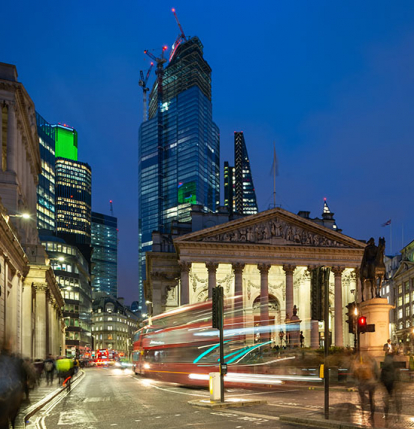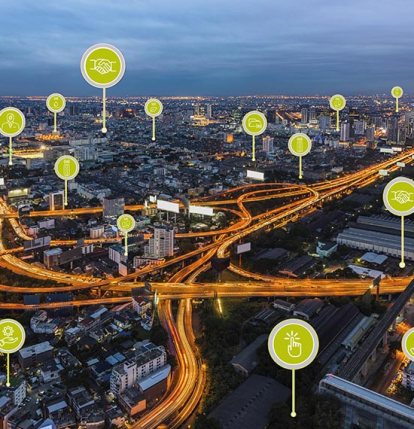How to: light a city an interview with the City of London
August 2019
DW Windsor operates internationally. For the best experience in your region, please select the region most applicable to you.
August 2019
Pulling together three main streams of thought: lighting for people, sustainability and the future, the strategy addresses over-lighting, unnecessary light pollution, excessive glare and inconsistencies in lighting design, whilst providing a digital platform upon which Smart City technologies can be introduced: setting a blueprint for others across the UK.
 |
Well, we guess the first question would be where do you begin?
The vital starting point is to finalise your inventory in terms of locations, feeds, age of lantern and lantern types. Without effective asset management you will not be able to build the business case that you will require to take the strategy and the project forward.
What standards did you work to?
The City’s minimum lighting standards are BS 5489 / BS EN 13201–2, but the City has in the past chosen to illuminate its roads to a much higher lux and uniformity level than the applicable lighting standards.
We guess you can’t please all people, but who did you involve in the development of the strategy?
For us, it was very much an inclusive process. Internal stakeholders included Public Realm, Transportation, Open Spaces and Environmental Health and externally – we consulted with City Residents, Workers and Visitors, the City of London Police and TfL.
What challenges did you face?
Finding a Control Management System that could operate within the diverse built environment within the City of London.
Lifting the profile of street lighting via workshops, reports and events to ensure the business case was supported by all. We also had to ensure the business payback ratio stacked up. (taking an invest to save approach)
Colour temperature features significantly in the new strategy, why is that?
We used colour temperature appropriate to the application/task at hand – allowing us to differentiate parts of the city’s diverse character and cultural areas, whilst providing a balance throughout the square mile.
What is the biggest success the strategy has delivered so far?
The strategy ensures we have the right-light in the right-place at the right-time. It also provides us with the opportunity to present ‘best practice’ to others.
How far have you got with the implementation?
We have completed the bracket and luminaire installations for all our major roads, with secondary and side roads circa 95% complete. Over the next six months, we’ll be moving onto footways and alleyways.
Words of advice: what wisdom would you share with other LA’s thinking of embarking on the same journey?
A goal without a plan is just a wish... A lighting strategy provides the plan most local authorities desperately need to help demonstrate and identify the need for suitable and sufficient lighting within their local environments. It is important that local authorities move away from a reactive approach and look at long term thinking, via developing effective strategies. It is the only way large funding can be obtained to help resolve the maintenance headaches so many Local Authorities face.
And finally, what was it like working with world-renowned Speirs + Major?
Both an enjoyable and educational experience! They opened the door for the City’s Lighting Engineers to deliver creative and holistic lighting schemes; providing a balanced, smart and visionary approach to the future lighting needs of the City.
Luminaire: Kirium Pro I CMS & Smart City Network: Urban Control

Project

Knowledge /